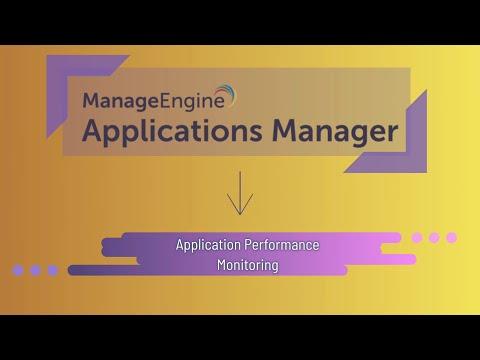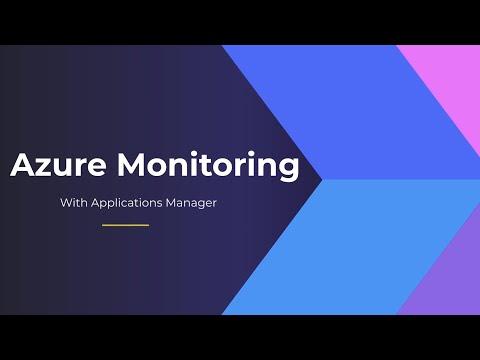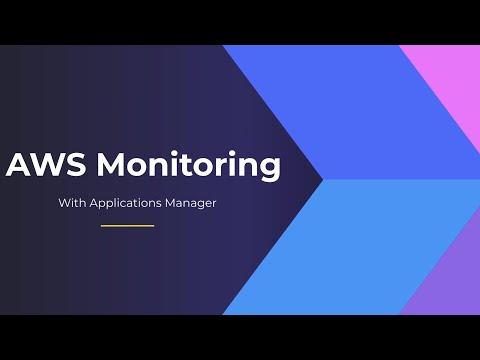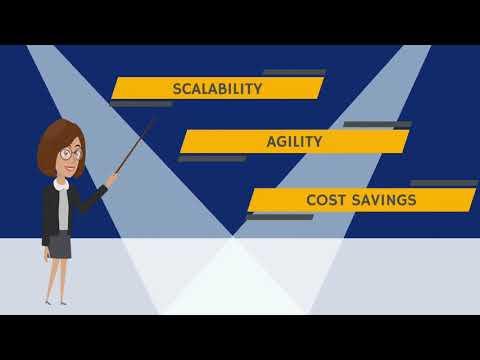The rapid migration to work-from-home (WFH) during the COVID-19 pandemic made it harder, more complex and costly to deliver, support and secure digital workspaces, while at the same time creating new opportunities to turn disruption into transformation, today and in the future, according to a study authored by Freeform Dynamics, sponsored by Liquidware and IGEL.
Key findings from the report, Modernizing the Digital Workplace, confirm that the short-term success of the switch to WFH came with longer-term costs — technical and governance debts that must now be repaid. Yet, IT departments that choose to adopt modern desktop delivery models and platforms are more likely to see better outcomes in areas such as user satisfaction, cost of ownership, manageability, and security.
Need to Act Quickly Drove Most WFH Transitions
According to the report, the COVID-19 pandemic created a ground swirl of activity for enabling WFH that was significantly influenced by the following factors:
■ The need to act very quickly to keep the business running — 80%
■ Pressure to keep additional costs and overheads to a minimum — 73%
■ Supplier shortages of equipment limiting options — 72%
■ Need to minimize end user training requirements — 72%
■ Keep things as simple and supportable as possible — 70%
■ Short-term pragmatics trumping long-term strategy — 68%
Organizations Are Adopting or Planning Modern Desktop Delivery Solutions
The report also explores the different ways organizations delivered digital workspaces to users and what stands in the way of progress today, including technical debt, employee resistance to change and senior managers priorities lying elsewhere.
The vast majority of respondents (>65%) are either considering or are implementing the following tactics to move their end user computing environment forward:
■ Reduce dependency on "fat-client" computing model
■ Automate more of their delivery, monitoring and management activities
■ Adopt platforms designed to support modern desktop/application delivery
"Our research confirms that the rapid shift to hybrid working has left IT teams — and especially desktop admin teams — more over-worked and stressed than ever," stated Bryan Betts, Principal Analyst at Freeform Dynamics. "It also shows that if you carry on trying to do desktop delivery the old way, but in a hybrid world, there are clear risks that you'll see higher costs, increased security challenges, decreased flexibility and agility, and ultimately lower user satisfaction. Fortunately, when we dug into the data, our research also suggests a potential solution: use the hybrid transition and the need to pay back technical debt as an inflection point — as the opportunity to transform and modernize the desktop delivery process. There's a whole raft of ways to do this, such as thinner desktops and automated user management, but essentially they boil down to using modern technologies to build in greater consistency, flexibility, and security."
Methodology: The global online survey of 257 senior IT professionals from a range of industries in Germany, the UK and the United States was sponsored by Liquidware and IGEL and conducted by industry analyst firm Freeform Dynamics.
The Latest
The use of hybrid multicloud models is forecasted to double over the next one to three years as IT decision makers are facing new pressures to modernize IT infrastructures because of drivers like AI, security, and sustainability, according to the Enterprise Cloud Index (ECI) report from Nutanix ...
Over the last 20 years Digital Employee Experience has become a necessity for companies committed to digital transformation and improving IT experiences. In fact, by 2025, more than 50% of IT organizations will use digital employee experience to prioritize and measure digital initiative success ...
While most companies are now deploying cloud-based technologies, the 2024 Secure Cloud Networking Field Report from Aviatrix found that there is a silent struggle to maximize value from those investments. Many of the challenges organizations have faced over the past several years have evolved, but continue today ...
In our latest research, Cisco's The App Attention Index 2023: Beware the Application Generation, 62% of consumers report their expectations for digital experiences are far higher than they were two years ago, and 64% state they are less forgiving of poor digital services than they were just 12 months ago ...
In MEAN TIME TO INSIGHT Episode 5, Shamus McGillicuddy, VP of Research, Network Infrastructure and Operations, at EMA discusses the network source of truth ...
A vast majority (89%) of organizations have rapidly expanded their technology in the past few years and three quarters (76%) say it's brought with it increased "chaos" that they have to manage, according to Situation Report 2024: Managing Technology Chaos from Software AG ...
In 2024 the number one challenge facing IT teams is a lack of skilled workers, and many are turning to automation as an answer, according to IT Trends: 2024 Industry Report ...
Organizations are continuing to embrace multicloud environments and cloud-native architectures to enable rapid transformation and deliver secure innovation. However, despite the speed, scale, and agility enabled by these modern cloud ecosystems, organizations are struggling to manage the explosion of data they create, according to The state of observability 2024: Overcoming complexity through AI-driven analytics and automation strategies, a report from Dynatrace ...
Organizations recognize the value of observability, but only 10% of them are actually practicing full observability of their applications and infrastructure. This is among the key findings from the recently completed Logz.io 2024 Observability Pulse Survey and Report ...
Businesses must adopt a comprehensive Internet Performance Monitoring (IPM) strategy, says Enterprise Management Associates (EMA), a leading IT analyst research firm. This strategy is crucial to bridge the significant observability gap within today's complex IT infrastructures. The recommendation is particularly timely, given that 99% of enterprises are expanding their use of the Internet as a primary connectivity conduit while facing challenges due to the inefficiency of multiple, disjointed monitoring tools, according to Modern Enterprises Must Boost Observability with Internet Performance Monitoring, a new report from EMA and Catchpoint ...





